
Which Mask Is More Effective ?
- Connexions
- 2020-06-17
- 2797

Mask standards can be confusing: N95, KN95, FFP1, P2, or surgical mask? This quick run-down covers mask types, mask ratings, and their effectiveness at filtering particles.
First off, let's start with mask types (or certification types). In general, there are 3 (or sometimes 4) types of commonly used, disposable masks. They are single-use face masks, surgical masks, and respirators.

Mask Standards and Effectiveness Bottom Line
- Single use masks (normally one layer, very thin) are typically only effective at capturing larger dust particles, but can do so fairly well.
- Surgical mask standards have higher requirements for capturing virus-sized (0.1 micron) particles, however they vary by region.
- Pollution masks (respirators) typically capture >90% of virus-sized particles. You can use the rating system in the table above to see the exact proportion each certification requires. This includes ratings such as N95, KN95, FFP1, FFP2 and FFP3.
Each country has their own certification standard for each mask type. For example, Europe uses the EN 14683 standard for surgical masks, whereas China uses the YY 0469 standard. Each standard varies a little by country, however they are broadly similar. For respirator masks, China uses the KN standard (e.g. KN95) and the US uses the N standard (e.g. N95).
The standard with the lowest requirements on filtration effectiveness are the single use face masks (not to be confused with surgical masks). Surgical masks have higher requirements, and respirators have the highest requirements. Respirators also usually fit tighter around the face than surgical masks and single-use face masks.
-
 2022-04-26Are air purifiers environmentally friendly ?
2022-04-26Are air purifiers environmentally friendly ? -
 2022-04-26The importance of wearing a mask correctly
2022-04-26The importance of wearing a mask correctly -
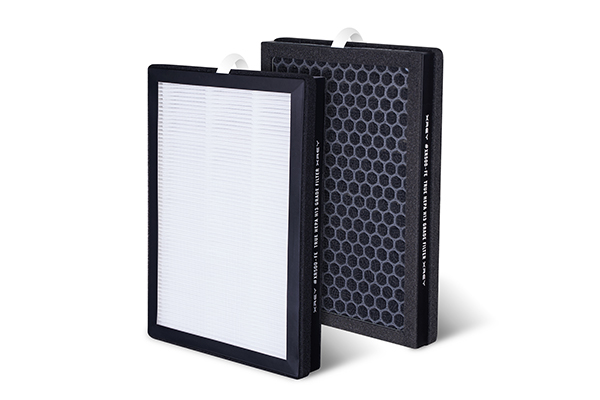 2022-04-27Connexions Air H13 True HEPA Filters
2022-04-27Connexions Air H13 True HEPA Filters -
 2022-04-29What is the use of anion function of air purifier?
2022-04-29What is the use of anion function of air purifier? -
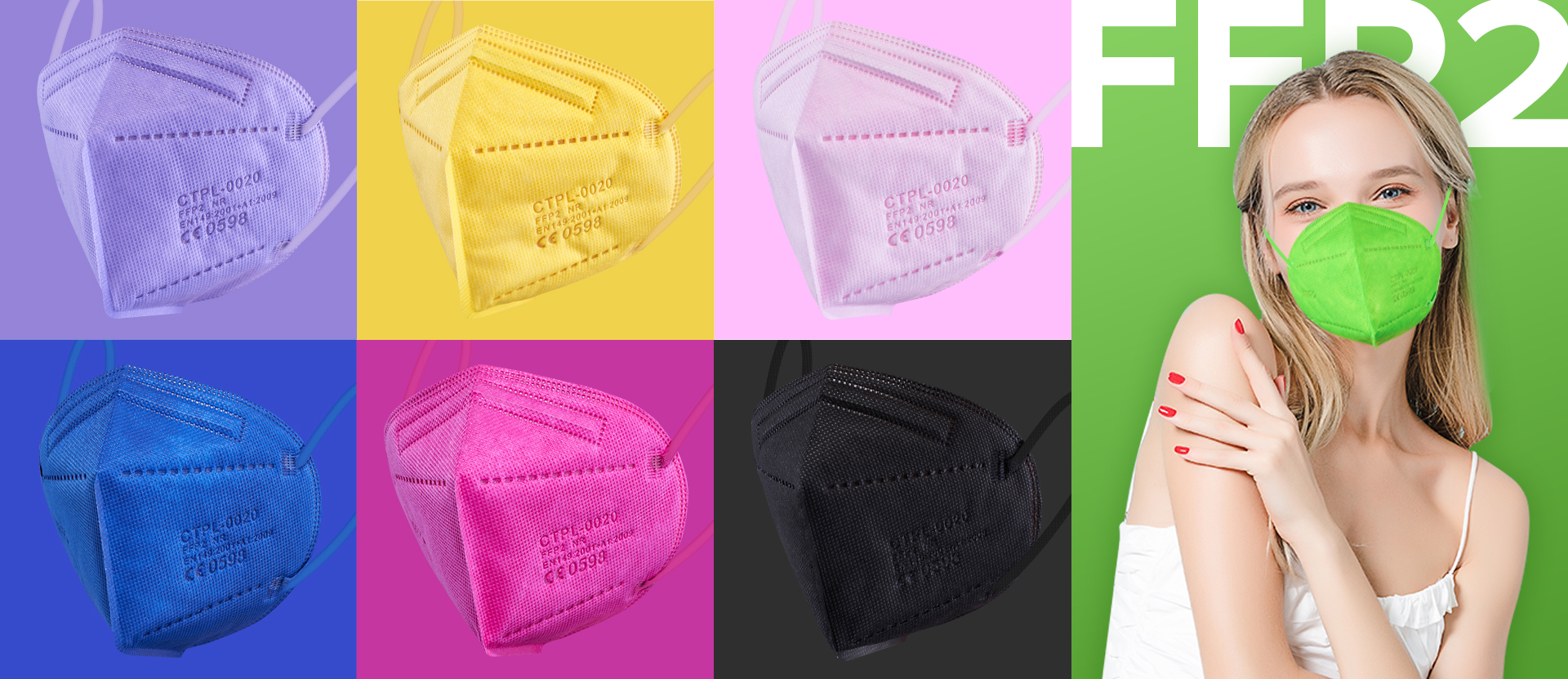 2022-05-08Standardize the wearing of masks, children should not be missed!
2022-05-08Standardize the wearing of masks, children should not be missed! -
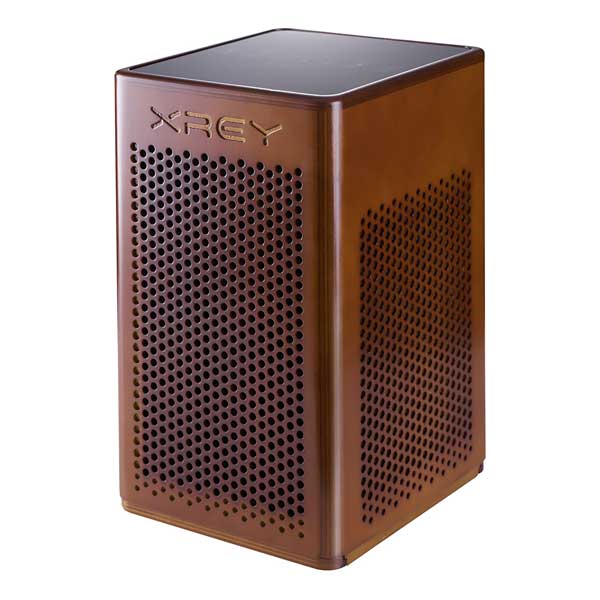 2022-05-16Hazy days, air purifiers are useful?
2022-05-16Hazy days, air purifiers are useful? -
 2022-05-16Attention everyone! Don't buy fake FFP2 masks! How do we identify?
2022-05-16Attention everyone! Don't buy fake FFP2 masks! How do we identify? -
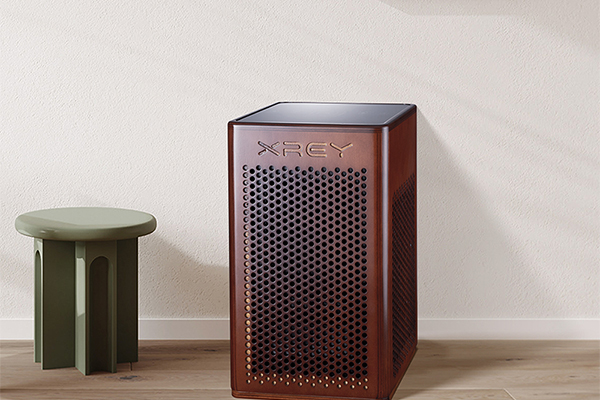 2022-05-17Pay attention to secondary pollution when using air purifiers
2022-05-17Pay attention to secondary pollution when using air purifiers -
 2022-05-17TOP5 pollutants that the purifier can purify
2022-05-17TOP5 pollutants that the purifier can purify
-
 2020-06-02Why do Face Masks Matter With This Coronavirus
2020-06-02Why do Face Masks Matter With This Coronavirus -
 2020-06-02How to Wear Mask
2020-06-02How to Wear Mask -
 2020-06-02Three Principles of Choice of Masks
2020-06-02Three Principles of Choice of Masks -
 2020-06-022020 Situation of Mask Market
2020-06-022020 Situation of Mask Market -
 2020-06-17What other preventative measures can you take to protect yourself from airborne substances?
2020-06-17What other preventative measures can you take to protect yourself from airborne substances? -
 2020-06-08The Advantage of Disposable Face Masks
2020-06-08The Advantage of Disposable Face Masks -
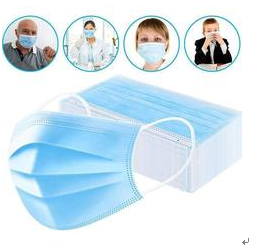 2020-06-093 Ply Disposable Face Mask & Soft & Comfortable Ear Loop
2020-06-093 Ply Disposable Face Mask & Soft & Comfortable Ear Loop -
 2020-06-17What are the regulations for surgical face masks?
2020-06-17What are the regulations for surgical face masks? -
 2020-06-09Do I need to wear a face mask if I am quarantined?
2020-06-09Do I need to wear a face mask if I am quarantined?
CONTACT US


Connexions Technology (Dongguan) Ltd.
We are always providing our customers with reliable products and considerate services.
If you would like to keep touch with us directly, please go to contact us
